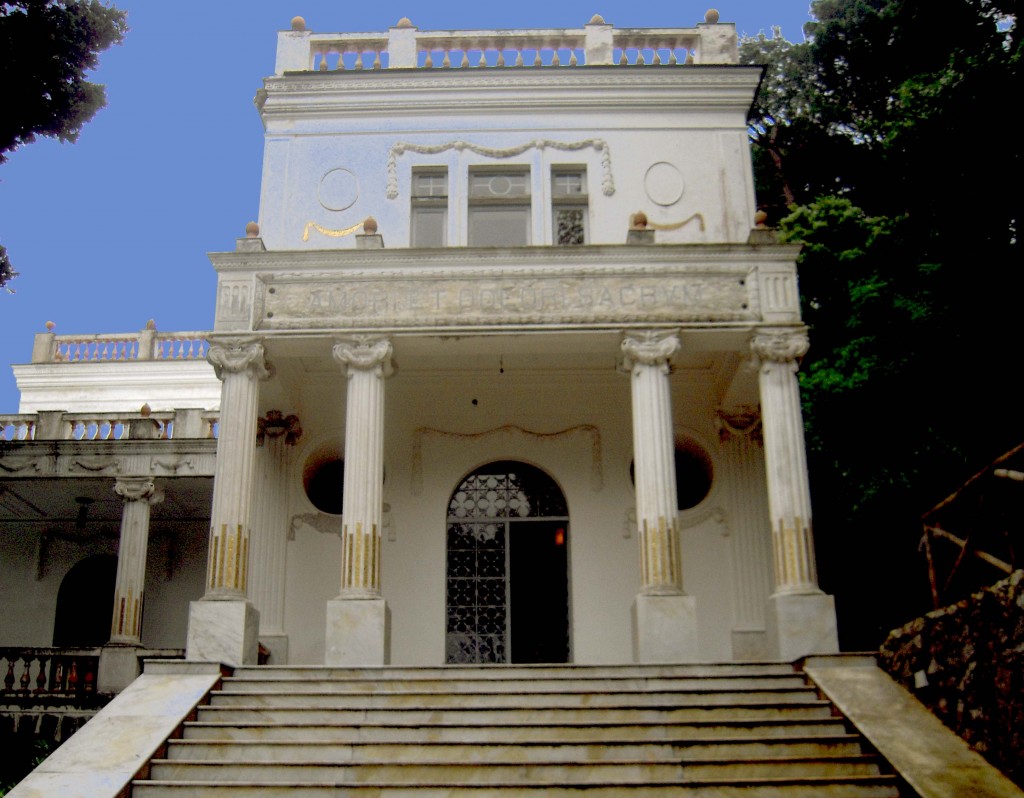 “J’ai toujours aimé les créatures incapables de créer des chefs-d’œuvre et qui cherchent, faute de mieux, à en devenir un elles-mêmes”.
“J’ai toujours aimé les créatures incapables de créer des chefs-d’œuvre et qui cherchent, faute de mieux, à en devenir un elles-mêmes”.
Jean Cocteau foreword from “L’exilé de Capri” by Roger Peyrefitte
A place to visit, maybe in a day with unpredictable weather when it’s not recommended to take a steep path, is Villa Fersen.
The villa was built with a romantic imprint by the eccentric Baron Jacques d’Adelsward Fersen in 1905 close to where the Roman emperor Tiberius had built his Villa Jovis two millennia earlier.
Architecturally, the house is mainly in an Art Nouveau style with Neoclassical elements; the style might be called “Neoclassical decadent.”
The villa was formerly called “La Gloriette” but subsequently took the name of Villa Lysis, in reference to Plato’s Socratic dialogue “Lysis” discussing friendship or, according to modern notions, homosexual love; but everyone knows it as “Villa Fersen”.
The villa was “Dedicated to the youth of love” and the latin inscription above the front steps “AMORI ET DOLORI SACRVM”, “a shrine to love and sorrow” highlights Fersen’s Romantic view of himself.
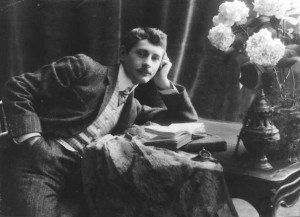
Baron Jacques d’Adelsward Fersen
After having been condemned and served a six-month prison sentence for a sex scandal involving pupils from the best Parisian schools posing nude (or nearly nude) for so called tableaux vivants, Jacques d’Adelswärd-Fersen (1880-1923), French aristocrat of Swedish origin, steel industrialist poet and painter (in one word a dandy), fled to Capri (that he had once visited in 1897 with his mother) with his boyfriend and built this mansion for him(self).
Fersen’s taste was not for children, so there was no questions about paedophilia. He was after young navvies, and picked up a surprisingly handsome straight boy Antonio (Nino) Cesarini (1890-1943), a young man of 17 years that he had met in Rome when he was fourteen-year-old, a construction worker selling newspapers, who immediately stole his heart. Jacques sounded out the boy’s family and obtained their permission to take Nino with him as his secretary. Nino lived with him faithfully to the end, polishing and filling the baron’s jade opium pipes (Jacques enriched a collection of 300 opium pipes which he had assembled in China).
Fersen was quite eccentric and created a residence in a secluded area, a romantic place on a cliff peak overlooking the sea, with arcs and dome roofs to give it a classical flair.
The wonderful garden was surrounded by climbing plants and cypresses and the view therefrom is still gorgeous.

Nino Cesarini lover of Adelswärd-Fersen painted by Paul Hoecker (1904)
The boy was young and handsome, he became not only a muse and inspiration for his poetry but also a model for many artists. He was model for the painters Umberto Brunelleschi (1879-1949) and Paul Höcker (1854-1910), the sculptor Francesco Ierace (1854-1937) and the photographer Wilhelm von Plüschow (1852-1930).
“He was very good-looking, with straight nose, large chestnut, brown eyes, curled lips and long lashes, which were black like his hair; and at 17 he was physically well-developed” (from “Capri; island of pleasure” by James Money).
Ada Negri, Italian poet and writer, in an article published in 1923 described the villa as a place where:
« […] tutto era troppo bello, compreso Nino, il segretario dal profilo di medaglia, con lo sguardo di chi ha occhi troppo lunghi, troppo neri e sormontati da sopracciglia troppo basse; ed il suo padrone, gentiluomo di gran razza, cortese, dall’altera eleganza, che parlava il più perfetto francese e leggeva versi come nessun altro. »
“[…] Everything was too nice, including Nino, the secretary with a coin profile, with the look of those who have eyes too long, too blacks and surmounted by too low eyebrows ; and his master, a gentleman of great race, courteous, with a lordly elegance, who spoke the most perfect French, and read verses like no other.»
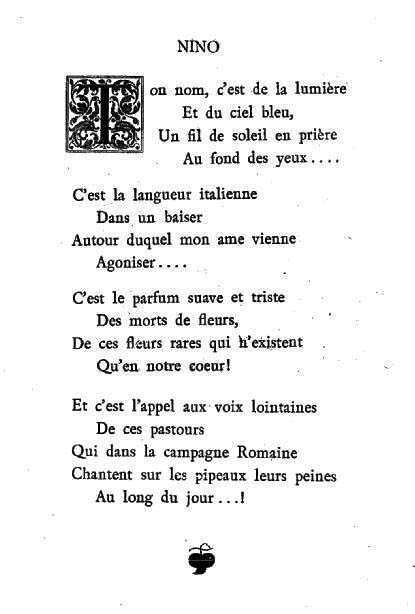
Jacques d’Adleswärd-Fersen Ainsi chantait Marsyas, Poèmes Florence et Paris, Librairie Leon Vanier, Editeur, p. 8-9.
It was probably true love between Baron Fersen and Nino.
The island had already attracted other homosexual or bisexual visitors, such as Christian Wilhelm Allers, Somerset Maugham. E. F. Benson, Alfred Douglas, Robert Ross, Oscar Wilde, Friedrich Krupp, Norman Douglas, and Compton and Faith Mackenzie; and attracted many others during Adelsward’s stay.
Fersen used to organize theme evenings where his young lover Nino, dressed in antique clothing, was the hero.
Talking about the villa, the large garden is connected to the villa by steps leading to a pronaos with Ionic columns.
In the atrium a marble stairway with wrought-iron balustrade leads to the first floor.
The ground-floor sitting-room overlooks the Gulf of Naples and the terrace is decorated with blue majolica and white ceramic.
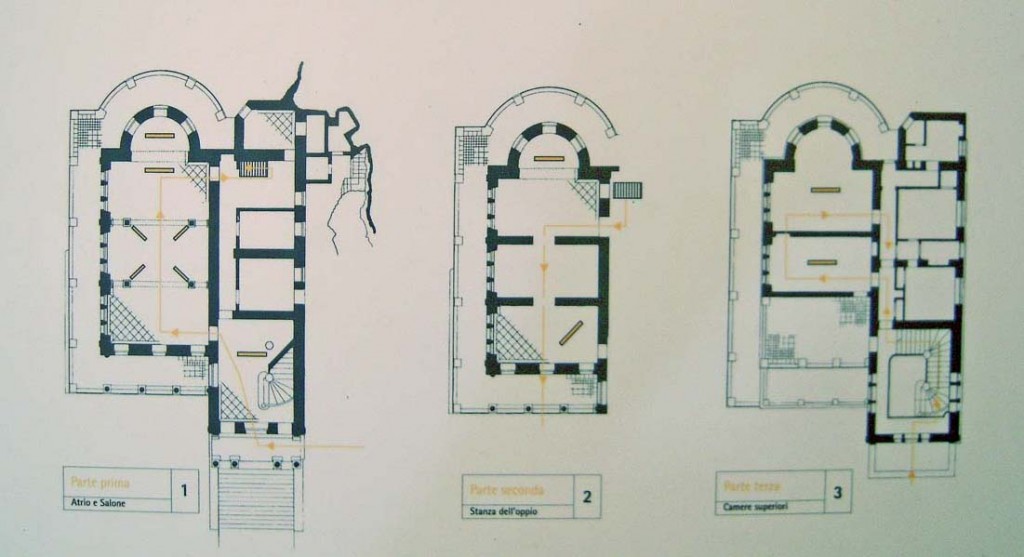
Sadly, all furnishing are gone (the guide told us that the big chandeliers are now at the Quisisana hotel but we didn’t check) and the aura of romanticism mixed with decadence is no longer detectable.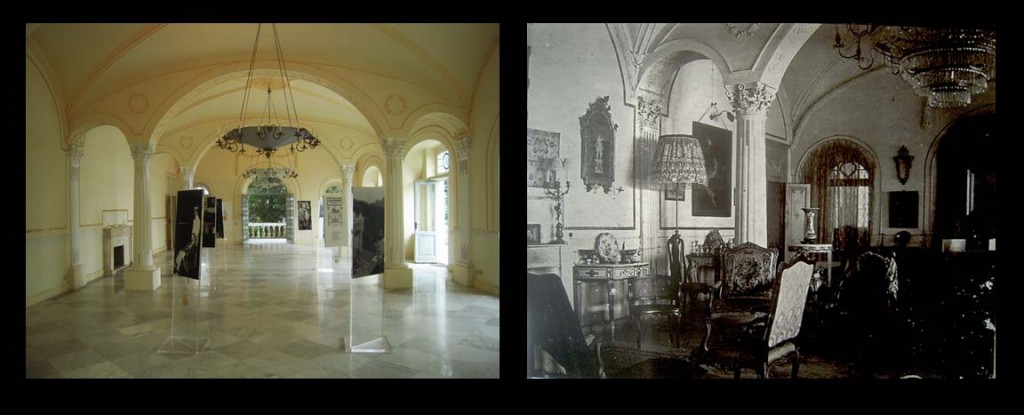
The kitchen in the ground floor is big enough to prepare food for guests’ need but probably the new hobs shown in the picture are provided for the entertainment that nowadays are hold here.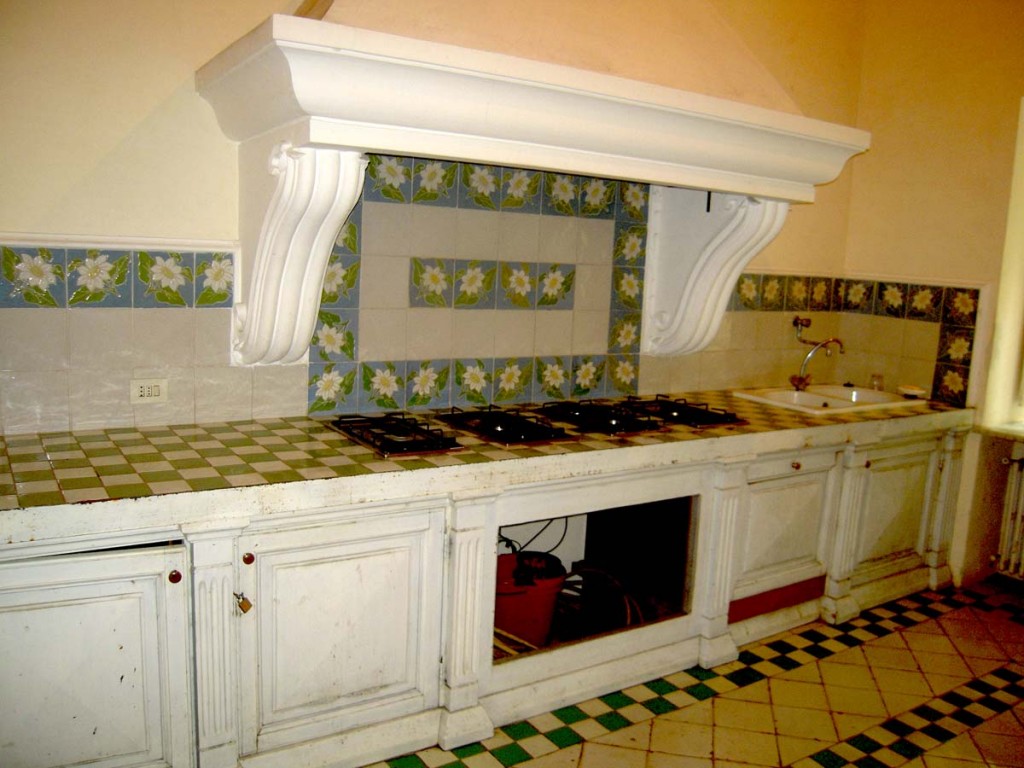
At the first floor there are bedrooms with panoramic terraces, and a dining room.
Here a big bathroom in marble with a thermarium shaped bath is decorated with small and nice mosaics tiles and is curiously connected with the exterior by a glass door (that can partially be seen on the mirror).
On the plan above attached the bath is on the upper right corner of the drawing named “piano terra” but the distribution is different and the glass-door isn’t shown. Why this door? Could it be that Fersen’s lovers used it to reach him without being seen by other guests? Or maybe he loved to go in the garden after a bath? Probably someone knows.
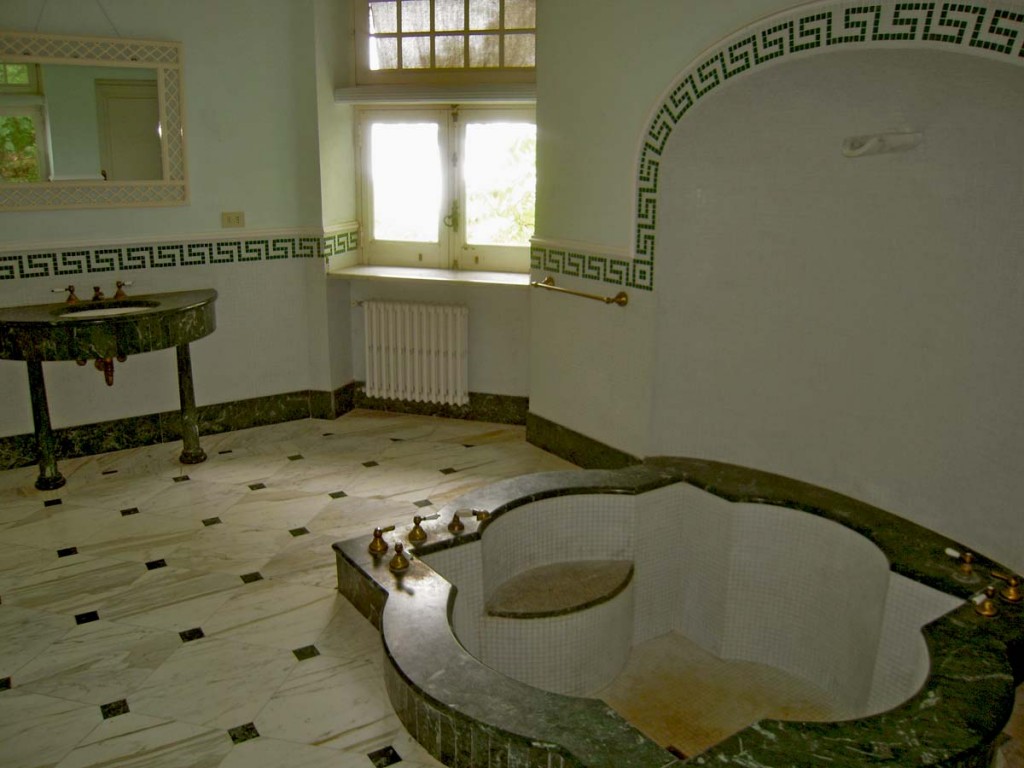
Villa fersen – The bathroom
In the basement there is a ‘Chinese Room’, in which opium was smoked and where Fersen had his collection of over three thousand opium pipes.
Fersen became addicted to opium on a trip to Ceylon during the construction of the house (Peyrefitte relates that a worker was killed during construction, and Fersen therefore decided to travel until the anger of the locals at him had subsided) and, after World War I, he started using cocaine.
The Chinese Room has many symbolic decorations.
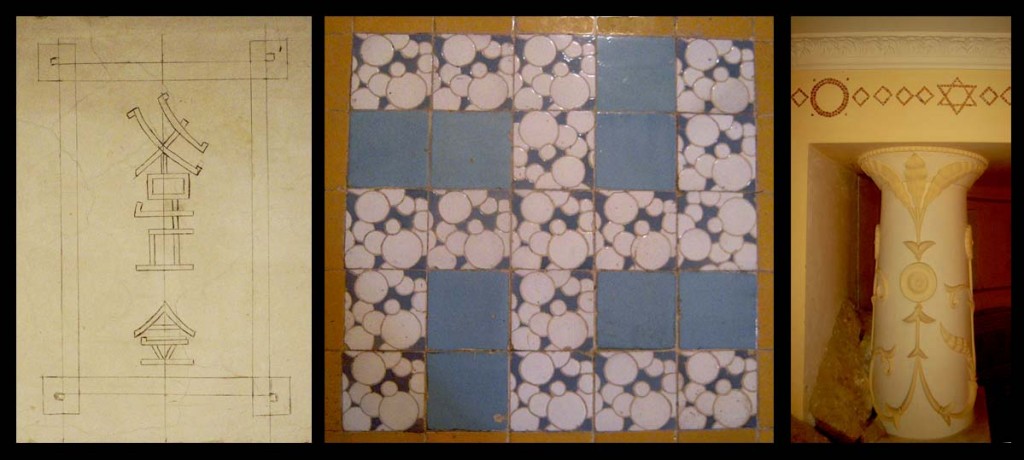
There is a drawing similar to chines ideograms that in fact is just a drawing with no meaning (that’s what the guide told us after having asked several oriental tourists). An homage to his trip to China?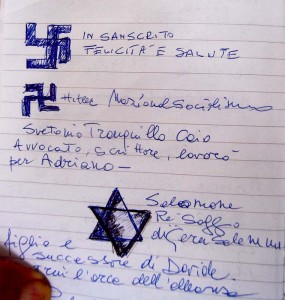 Or the swastika (or ‘Fylfot’) that is not here a symbol for Nazism (which is right-facing with 45 degree rotation with a clockwise spinning, using this orientation 卐) but for, according with the Sanskrit word, ‘Well Being’, ‘Good Existence, and ‘Good Luck’.
Or the swastika (or ‘Fylfot’) that is not here a symbol for Nazism (which is right-facing with 45 degree rotation with a clockwise spinning, using this orientation 卐) but for, according with the Sanskrit word, ‘Well Being’, ‘Good Existence, and ‘Good Luck’.
The guide made a note in his notebook that I share here.
Or what about the David Star decorated on the wall in the same room?
November 5, 1923, after visiting Naples with his lover Nino to supply cocaine, Baron Fersen died, back to Capri, drinking a cocktail of champagne and cocaine in a silver cup (suicide? accident?). The family Fersen accused Nino of poisoning. But this hypothesis was rejected by the authorities.
Fersen’s ashes are conserved in the non-Catholic cemetery of Capri.
After Fersen’s death the villa was left first to his sister, Germaine, but with the usufruct to Nino Cesarini. Cesarini sold the rights to Germaine and reached Rome, where he bought a bar. He died in an hospital in Rome in 1943. Germaine later gave the villa to her daughter, the Countess of Castelbianco.
The portrait by Brunelleschi and the statue by Ierace were sold to a Swiss antiquarian and have since disappeared.
Felix Mechoulam, a Turk domiciled in Mexico (owner at that time of the Quisisana Hotel) bought the villa for speculation and left it unfurnished, with its decoration decaying, its garden deserted and overgrown. Substantially, after the last maintenance work done in 1934, the house was essentially in ruins by the 1980s.
As time went by the villa was pervaded by mysterious halo that accentuates its romantic and decadent aura. In 1985, Villa Lysis passed into possession of the Italian state and the building was restored in the 1990s by the Lysis Funds Association (founded in 1986) and the Municipality of Capri. But, because of the affected restoration, the villa, unfurnished, has definitely lost its decadent aura.
The villa is now owned by the Capri Local Authorities.
How to arrive (click to enlarge):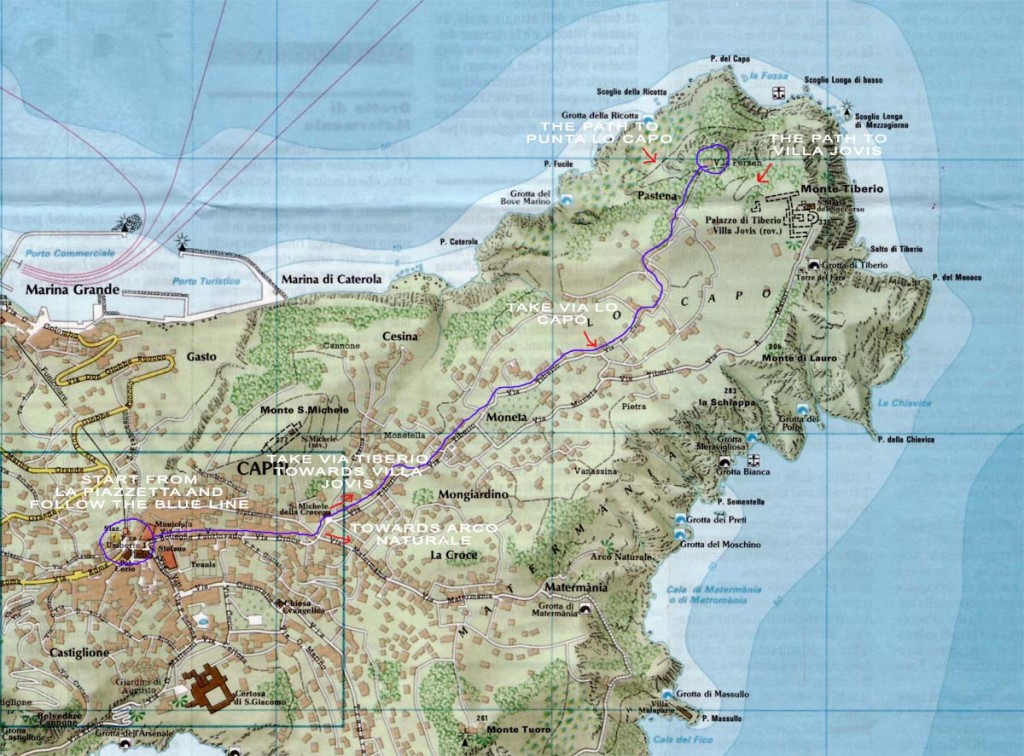
… and if you’re happy with your visit and would like to have a special souvenir please check my Hidden Capri shop online with lots of beautiful postcard, calendars and Capri gadgets!
“click on the calendar image below!!”

Isle of Capri Wall Calendar by HiddenCapri
***************
Do you want to know more about Baron Adelswärd-Fersen?
Here’s a short bibliography:
* Jacques Fersen, Amori et dolori sacrum (A Shrine to Love and Sorrow), La Conchiglia, (Prefazione di Roger Peyrefitte. Con 17 Ill. b/n f.t.).
* Jacques Fersen, E il fuoco si spense sul mare…, La Conchiglia.
* Jacques Fersen, Oppio. Poesie scelte, ed. Caròla.
* AA.VV., A la jeunesse d’amour – villa Lysis a Capri 1905-2005, La Conchiglia.
* Fausto Esposito, I misteri di villa Lysis, La Conchiglia.
* Carlo Knight, La torre di Clavel, La Conchiglia. –
* Wolfram Setz, Jacques d’Adelsward Fersen – dandy und poet, Bibliotek rosa Winkel.
* James Money – Capri: island of pleasure – Hamish Hamilton ed – 1ST edition August 1987
* Roger Peyrefitte, L’esule di Capri, La Conchiglia
* Roger Peyrefitte – l’exilé de Capri – Ed. Flammarion (1959) (The house is described in detail, a fictionalized account of Adelswärd-Fersen’s years on Capri together with his lover Nino Cesarini).

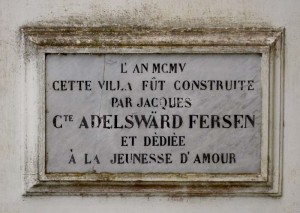

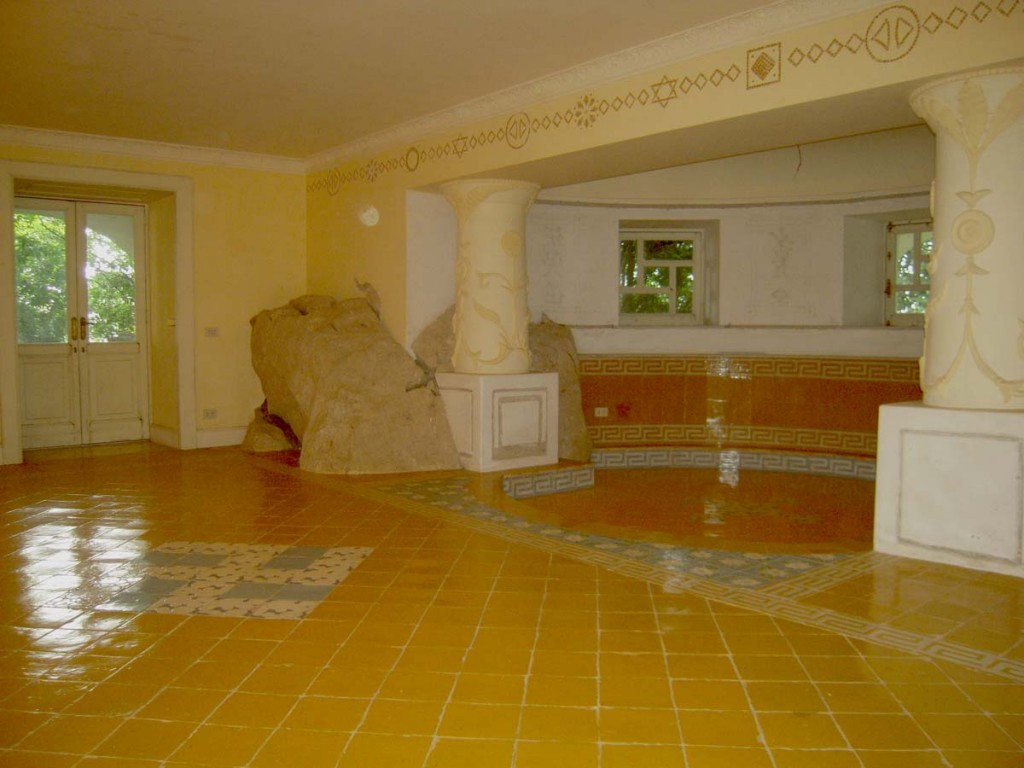

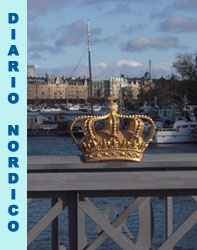
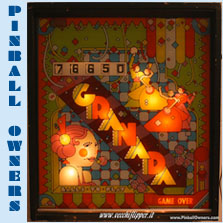
Good aternoon
In your guide you write mr jacques fersen was heir of iron factories of longway the proper name is longwy citie of east france.
Sincerely yours
C.soil
My brother and I enjoyed a wonderful, much too short visit a few years ago. I would love to return.
It’s time then to come back!
Ciao